The Economics of Pure Water Packaging- A Comprehensive Overview
“The Economics of Pure Water Packaging: A Comprehensive Overview” delves into the complex and multifaceted economic landscape surrounding the packaging of pure water. This in-depth analysis explores the various factors that influence the cost structure, pricing strategy, and market dynamics of this essential product.
Cost Structure of Pure Water Packaging
The cost of pure water packaging primarily consists of:
Raw materials: The cost of plastic bottles, caps, and labels accounts for a significant portion of the packaging expenses.
Manufacturing: The process of molding, filling, and capping bottles incurs costs related to labor, machinery, and energy.
Transportation: Distributing water bottles to retailers and consumers involves transportation expenses for trucks and fuel.
Overheads: Administrative costs, marketing expenses, and utilities contribute to the overhead costs of packaging operations.
Pricing Strategy for Pure Water
Water packaging companies employ various pricing strategies to maintain profitability:
Cost-plus pricing: This strategy involves setting a price that covers production costs plus a desired profit margin.
Value-based pricing: Companies may charge a premium price based on the perceived value of their brand, convenience, or filtration technology.
Competitive pricing: Packaging companies often consider the prices set by their competitors and adjust their own accordingly.
Dynamic pricing: Some companies implement pricing models that adjust prices based on factors such as market demand or seasonal fluctuations.
Market Dynamics of Pure Water Packaging
The pure water packaging industry is influenced by several market dynamics:
Demand trends: Consumer demand for bottled water has steadily increased due to concerns about tap water quality and convenience.
Competition: The industry faces intense competition from both established brands and emerging startups offering various packaging options.
Technological advancements: Innovations in bottle designs, filtration systems, and recycling processes continue to shape the market landscape.
Environmental concerns: Sustainability concerns related to plastic waste and water resources have led to increased scrutiny of water packaging practices.
Economic Impact of Pure Water Packaging
The pure water packaging industry has a significant economic impact:
Job creation: The industry employs millions of workers involved in manufacturing, distribution, and retail operations.
Economic growth: Water packaging companies contribute to overall economic growth by generating revenue, paying taxes, and stimulating other industries.
Impact on water resources: The industry’s demand for water can have implications for water scarcity and conservation efforts.
Environmental impact: The use of plastic bottles in water packaging poses environmental challenges related to waste management and pollution.
“The Economics of Pure Water Packaging: A Comprehensive Overview” provides a thorough analysis of the complex economic factors that shape the packaging of pure water. By understanding these economic considerations, stakeholders can make informed decisions about pricing, investment, and environmental sustainability in this essential and growing industry.
-
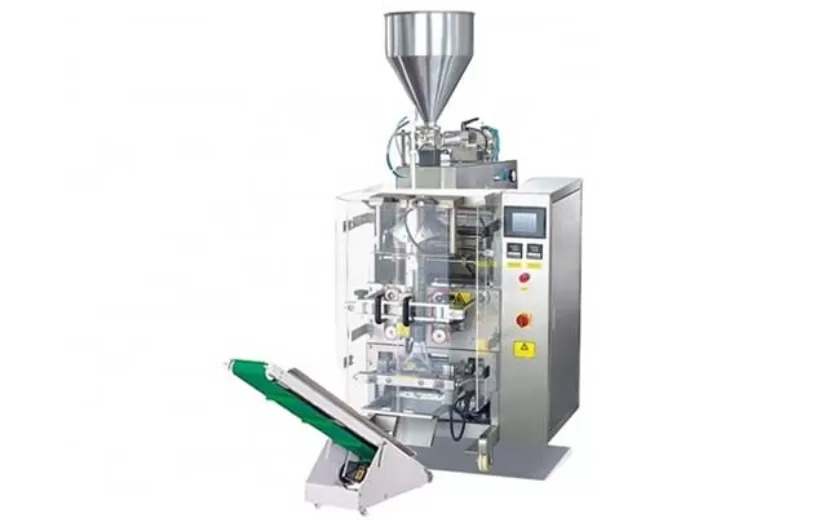
Advanced Packing Solutions: Snacks, Sugar, and Frozen Food Machines
29-10-2025 -
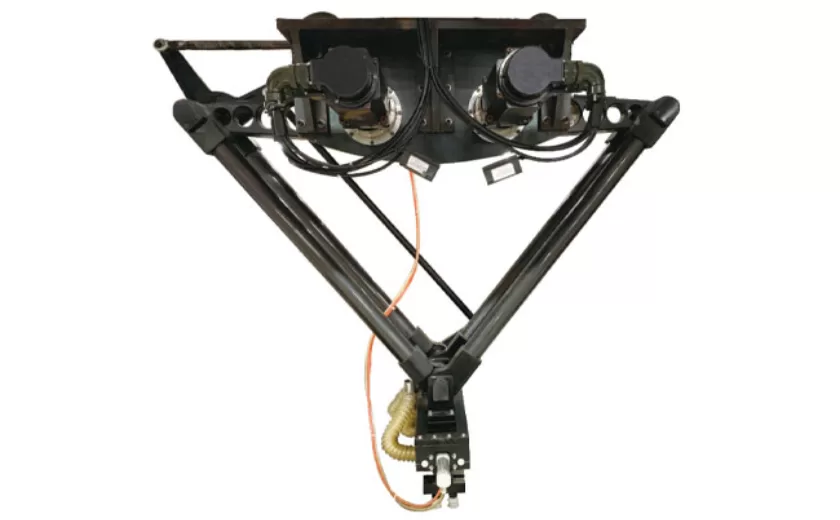
Efficient and Reliable Solutions for Salt, Nuts, and Frozen Dumplings Packing
29-10-2025 -
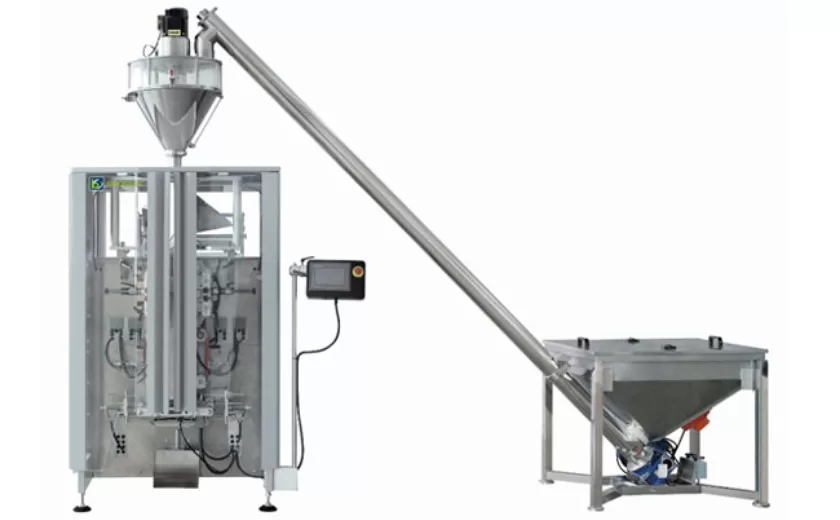
High-Performance Biscuits, Lollipop, and Ketchup Packing Machines for Modern Food Production
29-10-2025 -

Efficient Liquid Filling and Packing Machines for Modern Production
23-10-2025 -
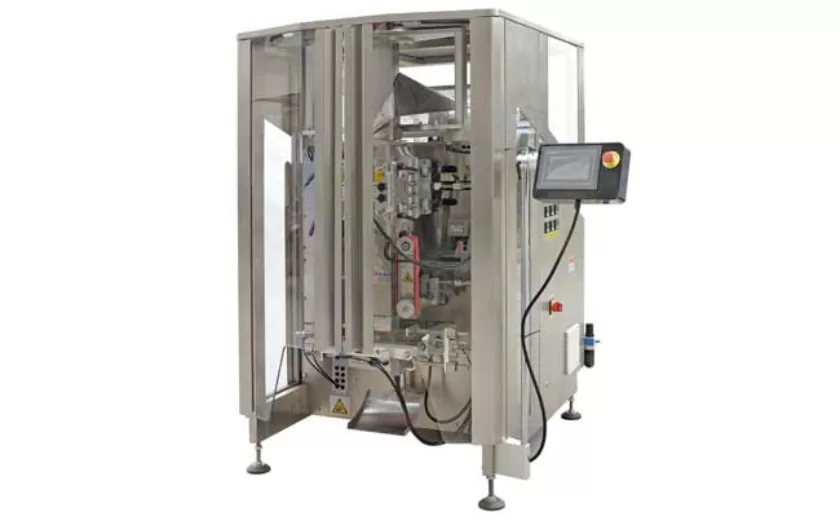
Reliable Granule Packaging Machines for Efficient Production
23-10-2025 -

Efficient Auger Powder Filling Machines for Accurate Packaging
23-10-2025 -

High-Performance Liquid Filling and Packing Machines for Hygienic Production
10-10-2025 -

High-Efficiency Granule Packaging Machines for Precision and Speed
10-10-2025 -

High-Precision Auger Type Powder Filling Machines for Efficient Packaging
10-10-2025 -
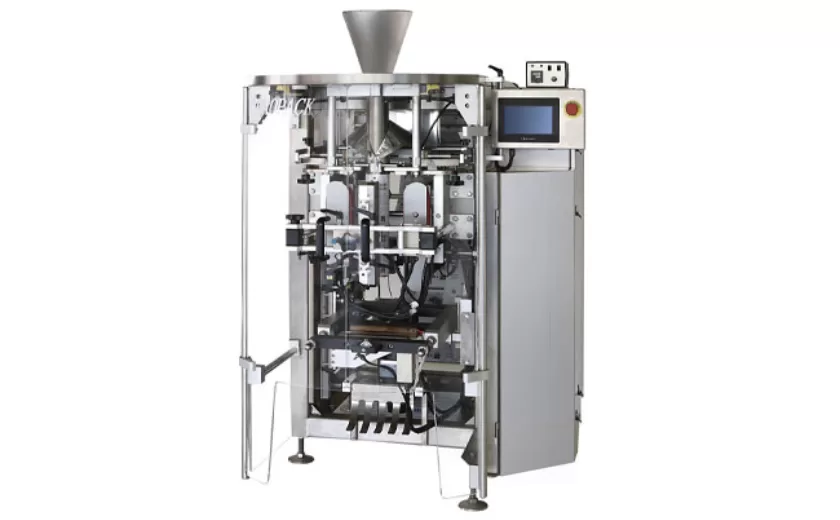
Efficient Vertical Form Fill Seal Packaging Machines for Smart Production
10-10-2025





